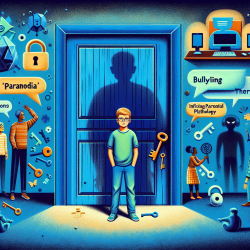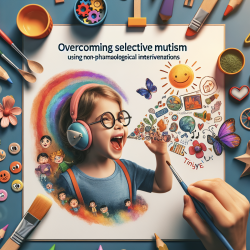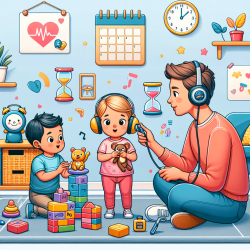Understanding Adolescent Paranoia: Key Insights for Practitioners
Adolescent paranoia is a pressing concern, with approximately 20% of UK adolescents experiencing paranoid beliefs weekly. The study titled A Child–Parent Dyad Study on Adolescent Paranoia and the Influence of Adverse Life Events, Bullying, Parenting Stress, and Family Support sheds light on the factors influencing these beliefs, particularly adverse life events (ALEs) and bullying.
The Role of Family Support and Parental Stress
The study utilized a cross-sectional adolescent-parent dyad design to explore the impact of family dynamics on adolescent paranoia. It found that ALEs significantly correlate with adolescent paranoia, especially when parents report high stress and burden. Conversely, low and moderate parental stress levels showed no association between ALEs and paranoia. Interestingly, bullying had a strong association with paranoia, independent of parental stress or family support.
Implications for Practitioners
For practitioners, these findings underscore the importance of addressing parental stress to mitigate the risk of paranoia in adolescents exposed to ALEs. Here are some actionable steps:
- Encourage parents to seek support to manage stress, fostering a protective family environment.
- Implement family-focused interventions to address stress and enhance communication.
- Educate families on the impact of ALEs and bullying on adolescent mental health.
Further Research Needed
While the study highlights the critical role of family dynamics, it also points to the need for further research. Understanding how to counteract the effects of bullying on paranoia remains a challenge. Future studies could explore the role of peer support and school environments in moderating these effects.
Conclusion
By focusing on reducing parental stress and enhancing family support, practitioners can play a pivotal role in mitigating the risk of paranoia in adolescents. This approach not only benefits individual families but also contributes to broader community well-being.
To read the original research paper, please follow this link: A Child–Parent Dyad Study on Adolescent Paranoia and the Influence of Adverse Life Events, Bullying, Parenting Stress, and Family Support.










